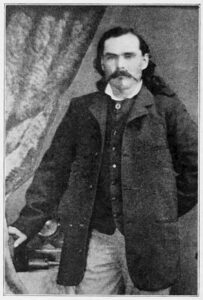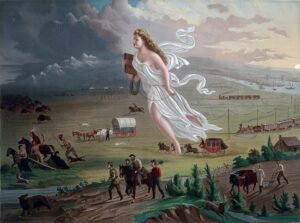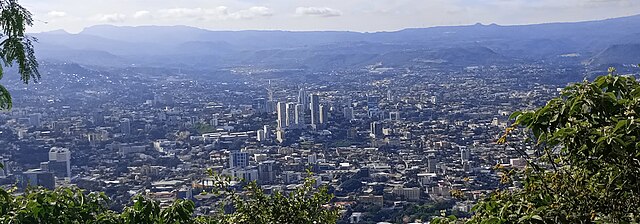
Nestled within Central America’s heart, Tegucigalpa, Honduras’s capital city, offers a unique blend of rich history, cultural depth, and urban development. This city, often affectionately known as “Tegus,” stands as a testament to the resilience and evolution of its people. From its early origins to the bustling metropolis it is today, Tegucigalpa’s story is one of intrigue, struggle, and transformation.
Historical Origin
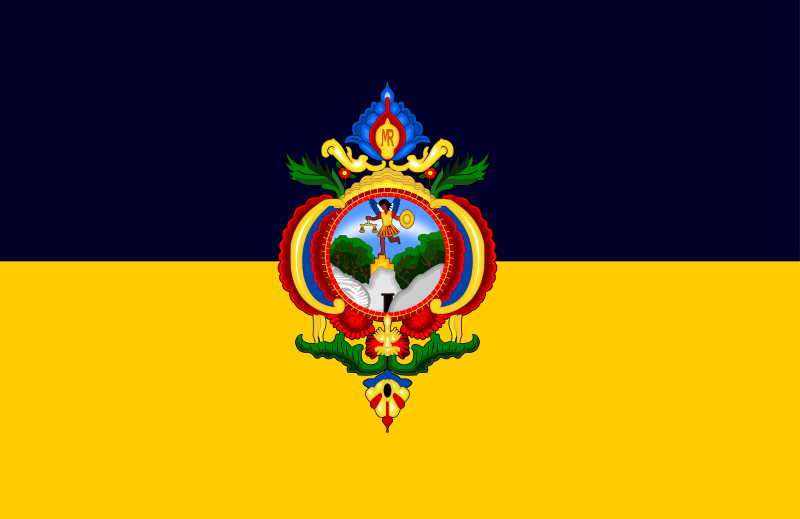
The story of Tegucigalpa begins in 1578, founded by Spanish settlers in a region originally inhabited by indigenous tribes, notably the Lenca and other pre-Columbian groups. These groups had established settlements and communities in the region, engaging in agriculture, trade, and cultural practices unique to their societies. The valley and surrounding areas offered fertile land and resources, making it an attractive location for these early inhabitants. The pre-Columbian settlements in the area of Tegucigalpa were not large urban centers like those found in other parts of Mesoamerica, such as the Maya cities. Instead, they were smaller communities that managed to sustain themselves through agriculture, small-scale trade, and the exploitation of local resources. The arrival of the Spanish marked a significant change for these communities.
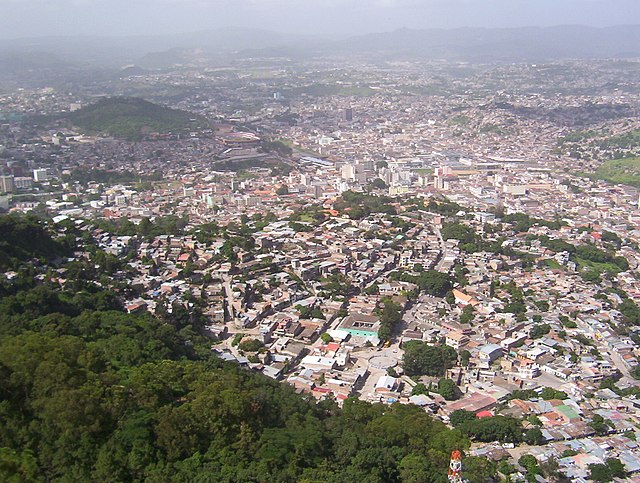
Its name, derived from the Nahuatl language, translates to “silver hill,” hinting at the mining prospects that attracted early European interest. Throughout the colonial era, Tegucigalpa flourished as a mining center, exploiting rich veins of silver and gold found in its surrounding mountains. This economic activity laid the foundation for its growth and eventual designation as the capital of Honduras in 1880, a title it initially shared with Comayagua.

Architectural Evolution and Urban Development
Over the centuries, Tegucigalpa has witnessed significant architectural and urban development. The city’s landscape is a mosaic of colonial heritage and modernity, where 16th-century churches coexist with contemporary office buildings. The shift from a colonial outpost to a national capital spurred various infrastructural projects, including the construction of the National University of Honduras in the early 20th century, which became a cornerstone for education and culture in the country.
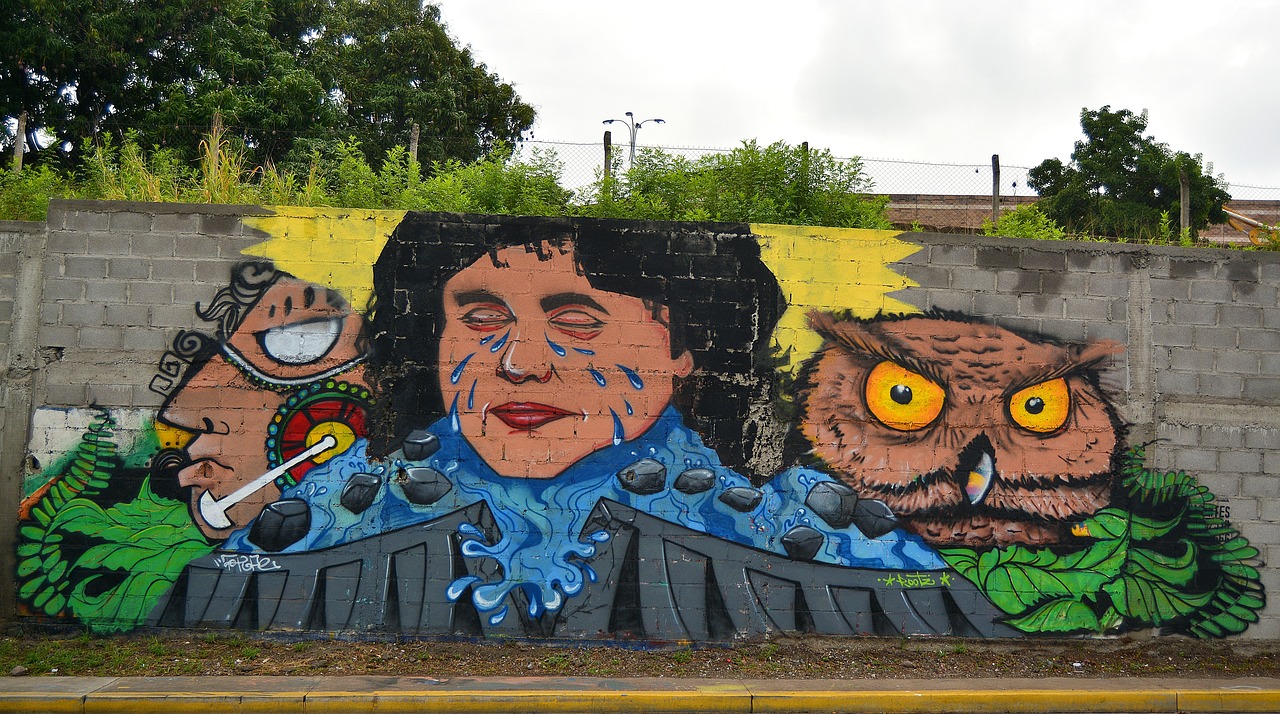
The latter half of the 20th century saw Tegucigalpa expanding rapidly, driven by rural-urban migration and economic shifts. This period marked significant urban sprawl, challenging the city’s infrastructure and leading to diverse architectural styles that reflect the city’s adaptation to modern needs while preserving its historical essence.
Tegucigalpa is Honduras’s economic, political, and administrative center, hosting numerous national and international corporations, government offices, and financial institutions. This industrial and commercial activity makes certain parts of the city very bustling, especially during workdays. The presence of industrial parks and manufacturing facilities on the outskirts contributes to the city’s economic landscape, providing employment but also contributing to everyday urban challenges.
Daily life in Tegucigalpa is marked by a blend of industrial activity and laid-back cultural traditions. The city’s economic vitality coexists with its cultural richness and natural beauty, offering a multifaceted urban experience. While it faces the typical challenges of urban living, Tegucigalpa retains a sense of community and tradition that contributes to its unique character.
Cultural Sites and Attractions
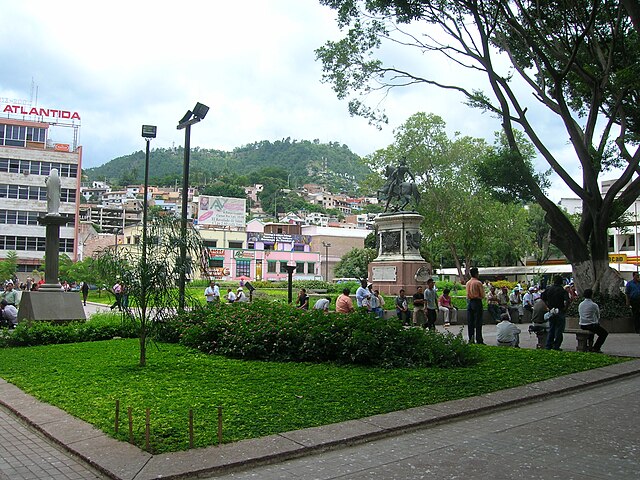
Tegucigalpa is home to numerous sites of historical and cultural significance, each telling a part of the city’s multifaceted story. The Basilica of Suyapa, dedicated to the Virgin of Suyapa, patron saint of Honduras, is a notable religious site attracting thousands of pilgrims annually. Its construction, completed in the 18th century, showcases the Baroque and colonial architectural styles that characterize many of the city’s historical buildings.
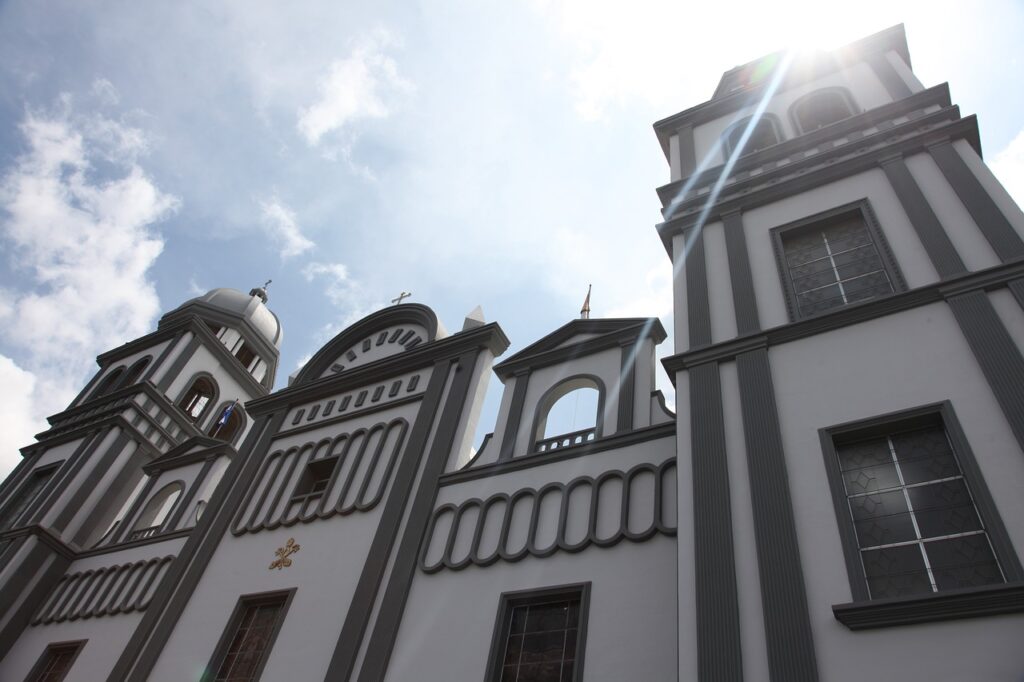
Another landmark is La Tigra National Park, located just outside the city limits. Established in 1980, it was the first national park in Honduras, emphasizing its commitment to preserving its natural beauty and biodiversity. La Tigra offers a glimpse into the country’s rich ecological heritage, with cloud forests that harbor various wildlife and plant species.
The National Identity Museum, situated in the heart of Tegucigalpa, offers insights into Honduras’s cultural and historical journey. Through its exhibits, the museum narrates the country’s evolution from pre-Columbian times to the present, highlighting the diverse influences that have shaped Honduran society.
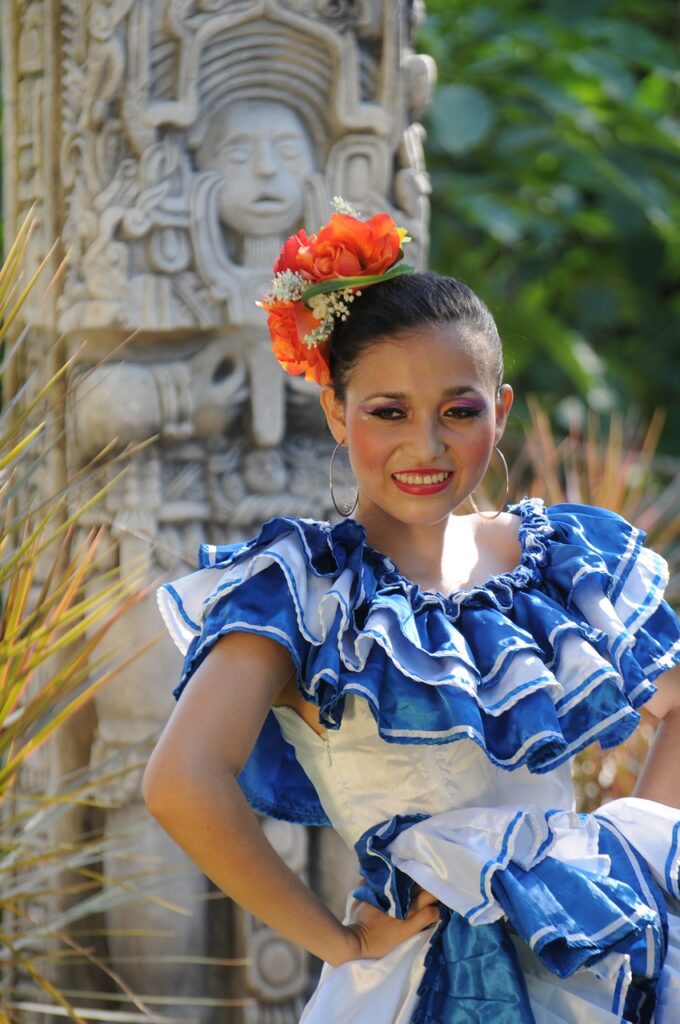
Conclusion
Tegucigalpa, with its deep historical roots, architectural diversity, and cultural richness, is more than just the capital of Honduras. It is a city that embodies the resilience and spirit of its people. Tegucigalpa continues to evolve from past struggles and triumphs to present challenges and opportunities, offering a unique blend of tradition and modernity. Whether you’re drawn to its historical sites, lush landscapes, or vibrant urban life, Tegucigalpa invites you to discover the stories woven into the fabric of this captivating city.
